The Background
Technical Surveillance Counter Measures (TSCM) relates to communication security, Reconnaissance Trace Inc. seek to actively detect electronic components that are used to illegally obtain information.
Often an organisation’s confidential information is the cornerstone of the business, the ‘crown jewels.’ Protecting it involves a number of layers of security including TSCM. Commercial espionage in certain industries is very real, not only from competitive businesses but from countries who wish to obtain the commercial edge on technology development.
Reconnaissance were engaged by leading business intelligence and research company in the United States to carry out a TSCM sweep on one of their private jets.
The Challenge
The threat to the client was not only from competitive businesses but also from foreign ‘state sponsored’ technical surveillance.
Technology is advancing greater than ever before and with these advances, illegal ‘listening’ devices are getting increasingly more sophisticated, surveillance is an ever evolving threat. Listening devices can be remotely activated and turned on or off so they will transmit only when required, these can be obtained easily on the commercial market.
When state sponsored threats are included in the potential attack vector the devices can be of a higher level technically, military or government grade. When dealing with aircraft, listening devices can be coupled with pressure switches, this allows them to only activate, or turn on and transmit, at a particular altitude.
It was critical therefore that the Reconnaissance team not only carried out a full TSCM spectrum analysis sweep and physical search of the aircraft when it was on the ground but to repeat the process when the aircraft was airborne and cruising at normal altitude.
The Result
A full TSCM sweep was carried out on the aircraft both on the ground and again when it was airborne at cruising altitude to ensure the radio spectrum was fully analysed, this was in line with the threats to the client.
The results indicated that the aircraft was clear of illegal listening devices. The report provided recommendations including aircraft staff vetting, further restricted access to the aircraft, security measures including monitoring when the aircraft was in hanger and corporate staff awareness programme on TSCM and the associated risks.


